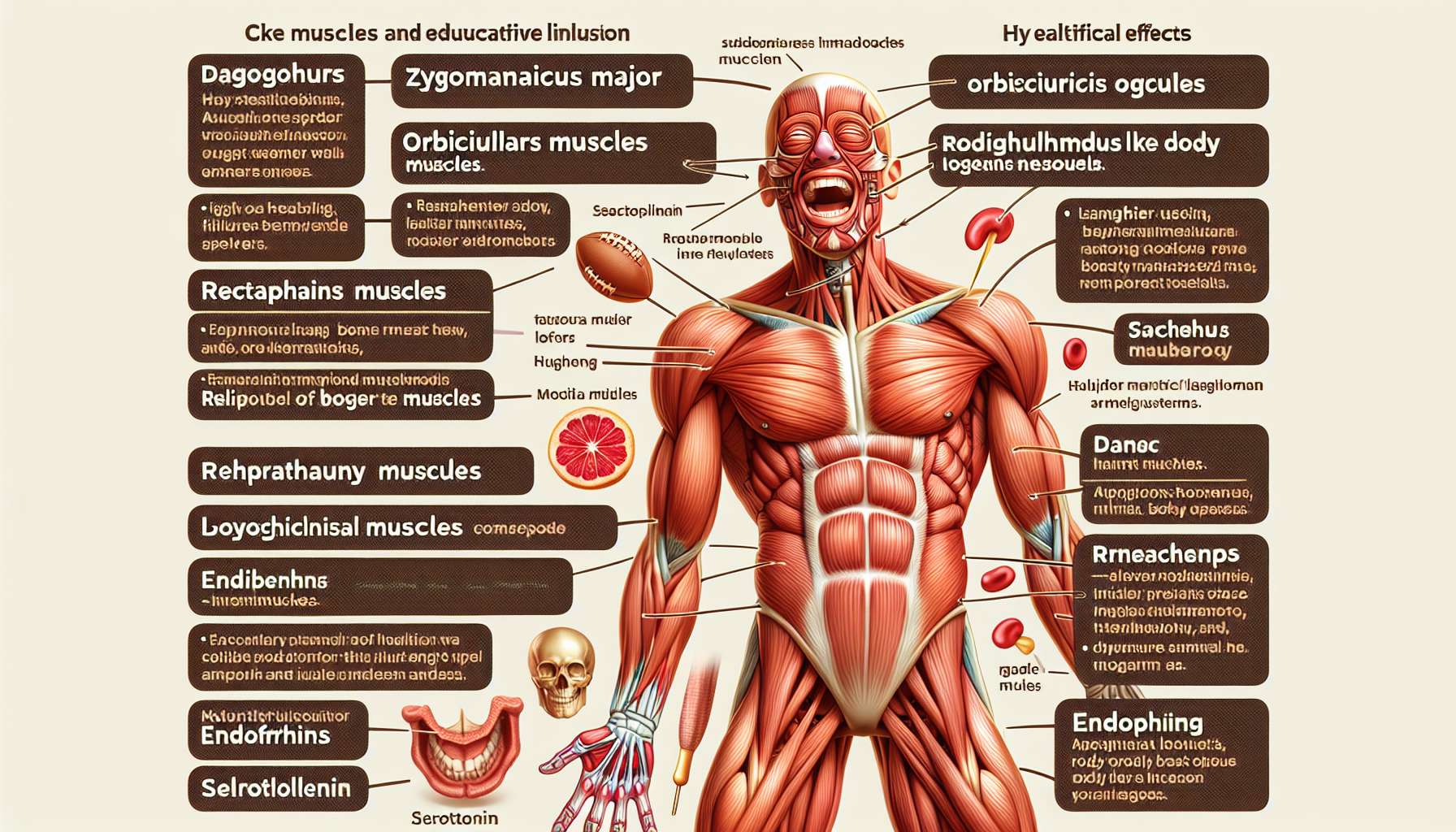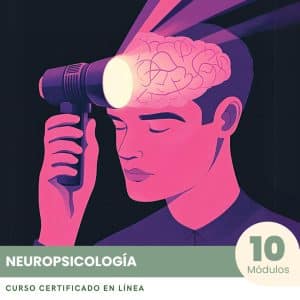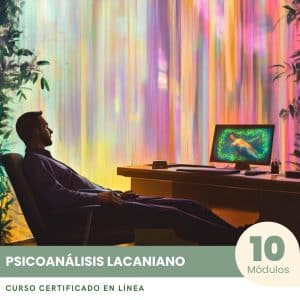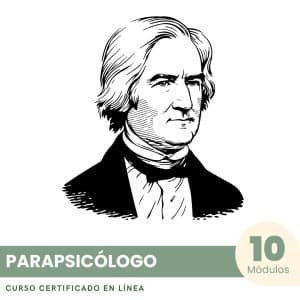
Laughter is a complex physical and emotional expression that involves many muscles and organs in the human body. When we laugh, our face lights up, our mouth opens, our eyes crinkle, and our whole body can shake with spasms. But what exactly are the anatomical and physiological mechanisms behind this wonderful phenomenon?
It all starts in our brain, more specifically in the brain areas related to emotions and motor control. When a humorous stimulus is perceived, a signal is sent to the hypothalamus, which in turn activates the autonomic nervous system. This triggers a series of chain reactions throughout the body.
In the face, more than 50 muscles come into action during laughter. The main ones are the large zygomatic muscle, which pulls the corners of the mouth backwards and upwards to form a smile, and the orbicular muscle of the eyelids, responsible for eye crinkling. Other muscles, like those of the cheeks, forehead, and nose, also contract to express joy and amusement.
Laughter also intensively mobilises the respiratory muscles, especially the diaphragm and intercostal muscles. During laughter, the diaphragm contracts in a jerky manner, rapidly expelling air from the lungs in spasms. This produces the characteristic sound of laughter, punctuated by “ha ha ha” or “ho ho ho”. This spasmodic breathing is accompanied by an increase in heart rate and a rush of blood throughout the body.
But laughter doesn’t just involve the muscles of respiration. It also causes rhythmic contractions of the abdominal muscles, as in an intense gym workout. This is why a prolonged fit of laughter can cause abdominal pain, like after intense physical exercise. Studies have shown that 10 to 15 minutes of daily laughter equates to about 50 abdominal crunches in terms of caloric expenditure!
Beyond the muscles, laughter involves many other organs and systems. It stimulates the production of serotonin and endorphins, the “feel-good hormones”, giving a sense of well-being and relaxation. It increases the oxygenation of the blood and improves blood circulation, beneficial for the heart and brain. It also strengthens the immune system by promoting the production of antibodies and immune cells.
Laughter also has an impact on digestion, by stimulating intestinal peristalsis and facilitating transit. Researchers have even found that laughter increases the pain tolerance threshold, thanks to the release of endorphins which act as natural painkillers.
Finally, it is interesting to note the physiological differences between laughter and smiling. Although the two expressions share some facial muscles, laughter involves a much more intense overall bodily activity. It is accompanied by sound vocalisations and mobilises more respiratory and abdominal muscles. Smiling, on the other hand, can be silent and only involves the facial muscles. Some scientists even consider laughter as a form of “vocalised smile”.
Understanding the anatomy and physiology of laughter helps us better grasp its multiple health benefits, which will be detailed in the following modules. It also enlightens us on the means by which laughter therapy techniques, such as laughter yoga exercises or simulated laughter, can induce positive effects on the body and mind. By voluntarily engaging the muscles and organs involved in laughter, it is possible to trigger the same beneficial physiological reactions as spontaneous laughter.
Key points to remember:
– Laughter involves many muscles, particularly facial (large zygomatic, orbicular of the eyelids), respiratory (diaphragm, intercostals) and abdominal.
– It leads to jerky breathing, an acceleration of heart rate, and a rush of blood in the body.
– 10 to 15 minutes of daily laughter equates to about 50 abdominal crunches in terms of caloric expenditure.
– Laughter stimulates the production of endorphins and serotonin, improves oxygenation and blood circulation, strengthens the immune system.
– It has a positive impact on digestion by stimulating intestinal peristalsis and facilitating transit.
– Laughter increases the pain threshold thanks to the endorphins released that act as natural analgesics.
– Unlike smiling, laughter involves intense overall bodily activity with sound vocalisations.
– Understanding the physiological mechanisms of laughter allows better appreciation of its benefits and how laughter therapy techniques work.
– By voluntarily engaging the muscles and organs involved in laughter, it is possible to trigger the same beneficial physiological effects as spontaneous laughter.
👉 To download docx (Editable) file click here : Click here
👉 To download PDF file click here : Click here
👉 To download MP3 file click here : Click here









































































